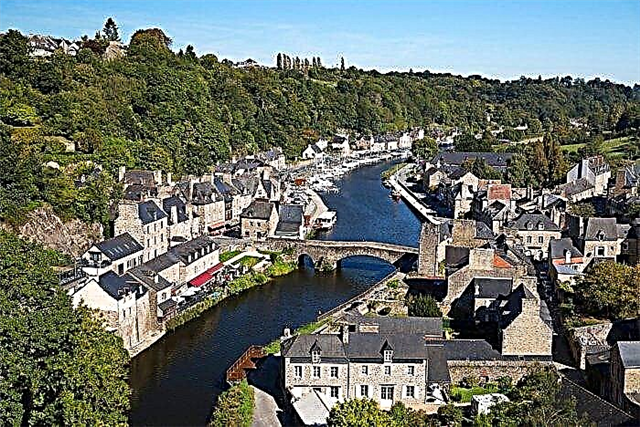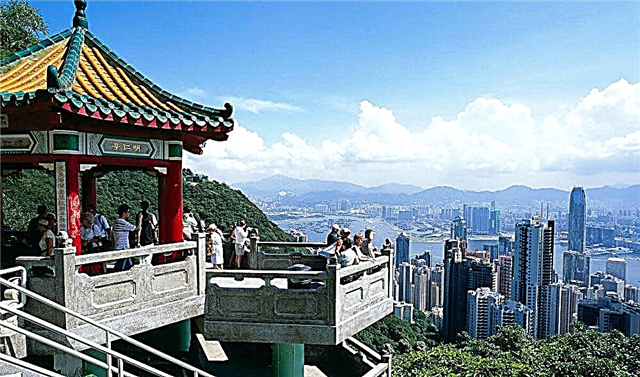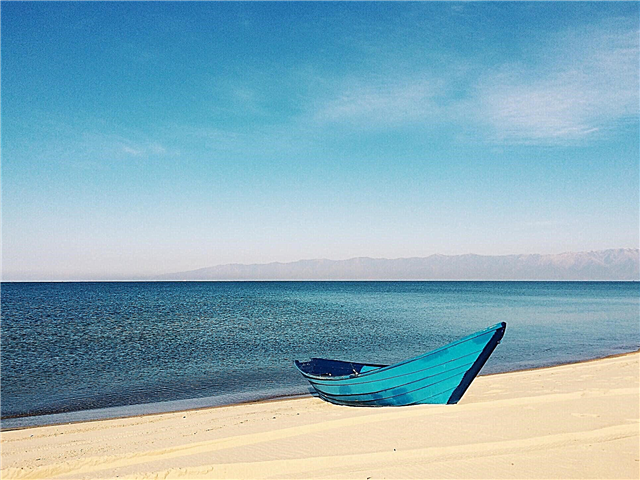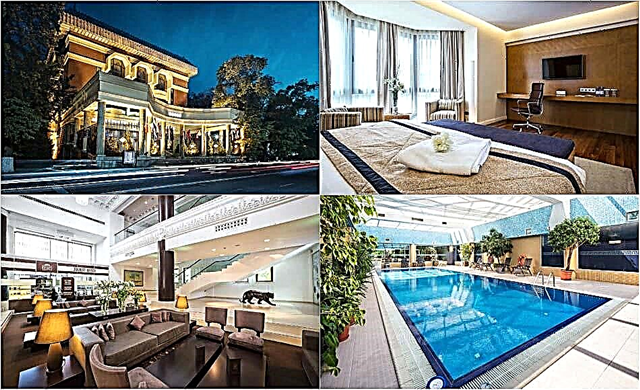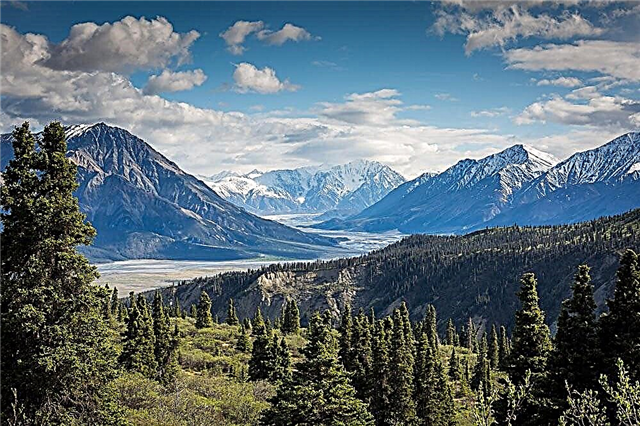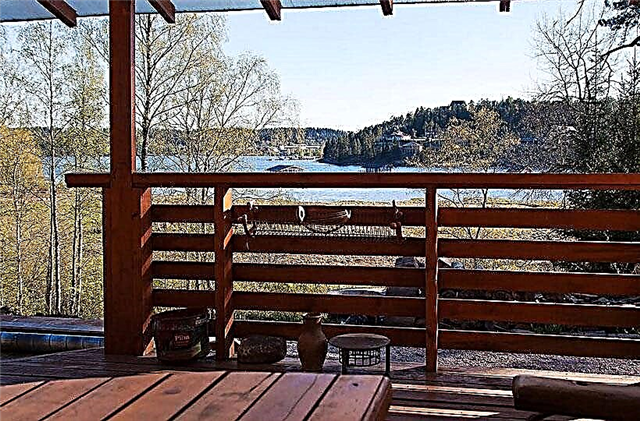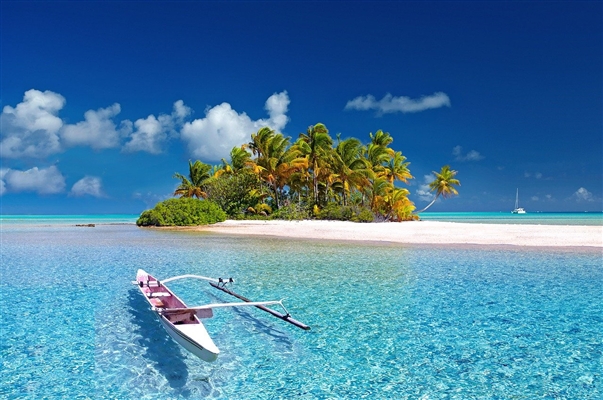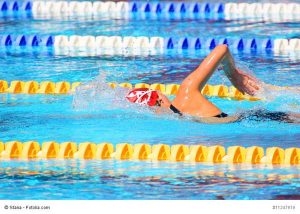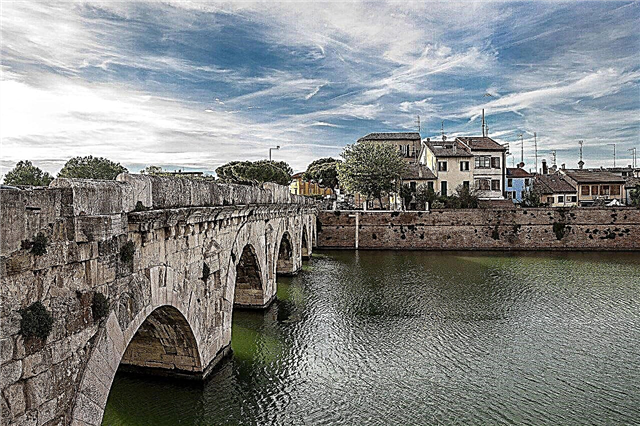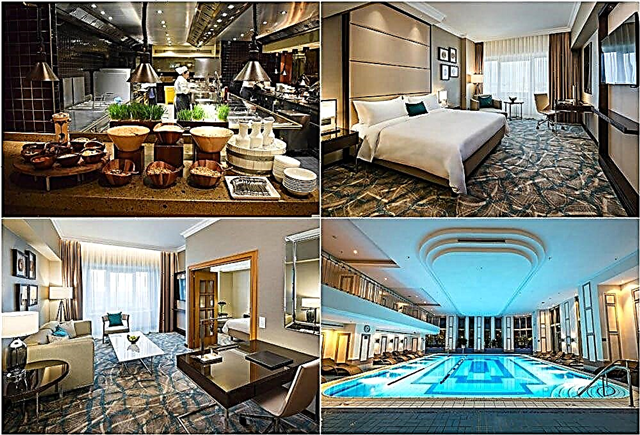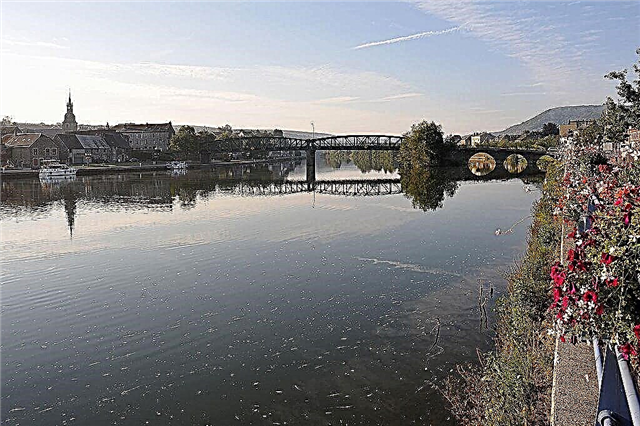Thousands of rivers flow through the territory of France. Offhand, many will immediately name the Seine, the Loire, some will remember that the Rhine also crosses the country. Most of the names will not say anything to the average man in the street. Traveling on French rivers, however, may well leave a pleasant impression. After all, these are not just geographical objects: large cities are located on them, and many significant historical events have taken place on their shores. On the rivers themselves, there are many interesting hydraulic structures, some of which are quite ancient and are real monuments of architecture and engineering.
The longest rivers in France
Rhine
Part of the river forms the state border with Germany, Liechtenstein. There are no large cities along the Rhine banks; its entire valley is mainly industrial areas. In addition to castles and ancient churches, people come here to see the mines, salt mines and the remains of the famous Maginot Line, converted for tourist visits.
The length of the river is 1325 km, in France - 188 km.

Loire
The longest among the French rivers. On the banks of the Loire and its tributaries, there are hundreds of castles of different eras, both in the form of ruins and completely intact, and even residential ones, turned into museums. You can get acquainted with them during a special tour of the Valley of Castles, during which you can visit large French cities scattered along the banks of the river: Nantes, Angers, Orleans and others.
The length of the river is 1012 km.
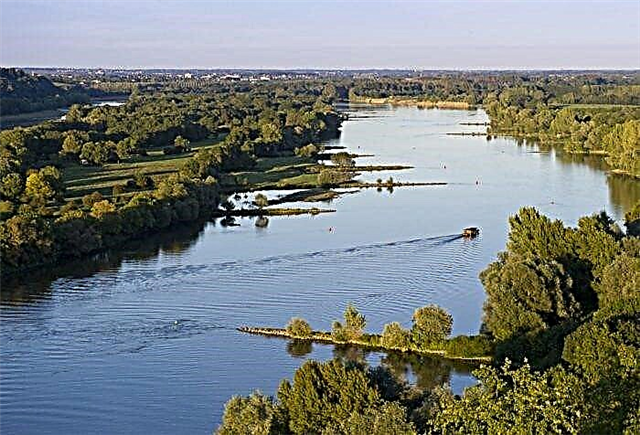
Maas
Starts on the French plateau Langres, crosses Belgium, Netherlands. On the Meuse are the ancient cities of France: Liege, Verdun, Namur, Sedan. In the First World War, large-scale battles of the Kaiser's troops with the French took place here, so a significant part of the excursions along the river is dedicated to the Unknown War.In each city there are huge thematic museums, where visitors will be told about dramatic events of a century ago.
The length of the river is 950 km, in France - 486 km.
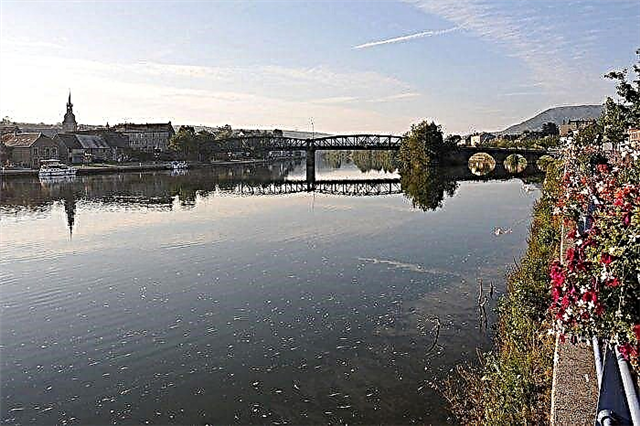
Rona
It originates from the Rhone Glacier in Switzerland. There are several castles and ancient churches along the banks, so you can get some impressions on a cruise along the Rhone. True, there are so many of them that it will not be possible to visit all of them, but you can admire the ancient architecture from the board of the liner. The tour usually starts in Lyon and ends at the port of Saint Louis, where the Mediterranean begins.
The length of the river is 812 km, in France - 545 km.
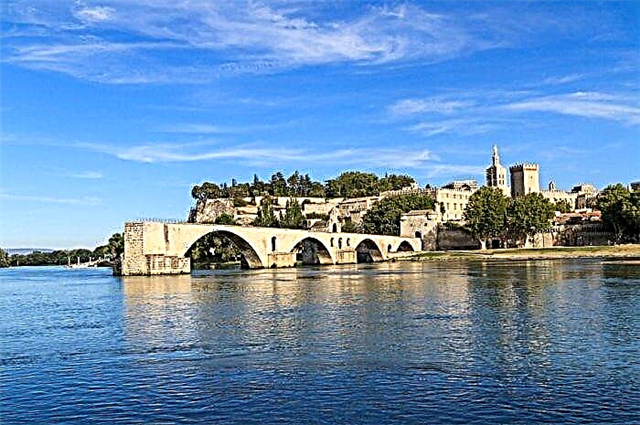
Hay
The fifth largest, but the most famous river, because the Romans founded Lutetius on it, which later became Paris. An insidious river with a deceptively quiet character, which has flooded the capital more than once. It is believed that a tourist visiting Paris is simply obliged to stroll along its promenade and have a cup of coffee, looking at its calm waters. Until recently, it was considered the dirtiest river in Europe, but the French managed to restore its ecology.
The length of the river is 776 km.
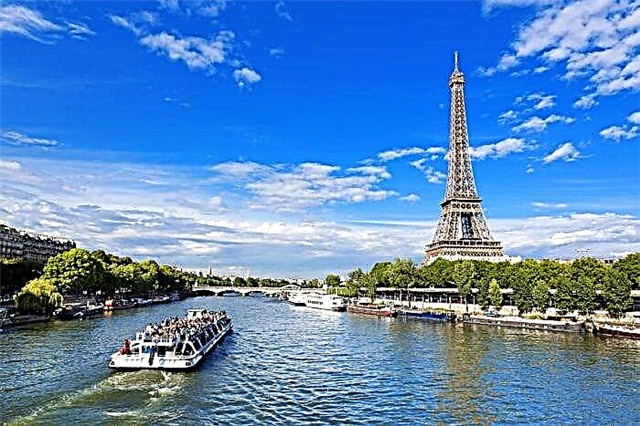
Garonne
Starts in the Spanish Pyrenees. Passes through the historic center of Bordeaux, there are even special mini-cruises for sightseeing in the provincial capital on board. Along the banks of the Garonne, there are many wineries and cognac houses, where you can visit for tasting the exquisite wines and real cognac for which this province is famous.
The length of the river is 645 km., In France - 523 km.
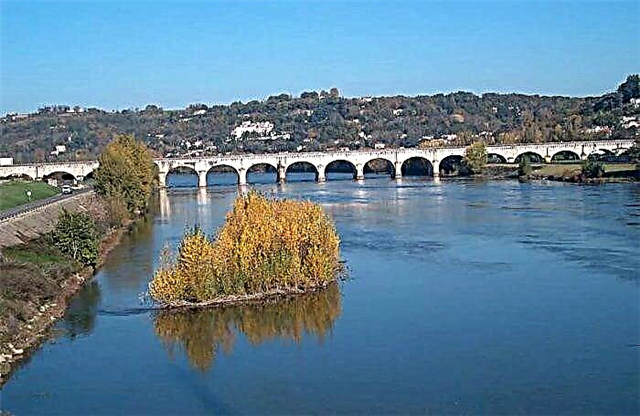
Dordogne
Starts at the top of the Puy de Sancy. The river valley is a real tourist paradise. Small resort towns along its banks offer guests a vacation in picturesque places, gastronomic excursions and the opportunity to visit hundreds of castles and chateaux, including Castelnau with a huge museum of medieval wars. It is the birthplace of foie gras, fine wines, truffles and original dishes (fillet, stuffed neck) of duck.
The length of the river is 483 km.
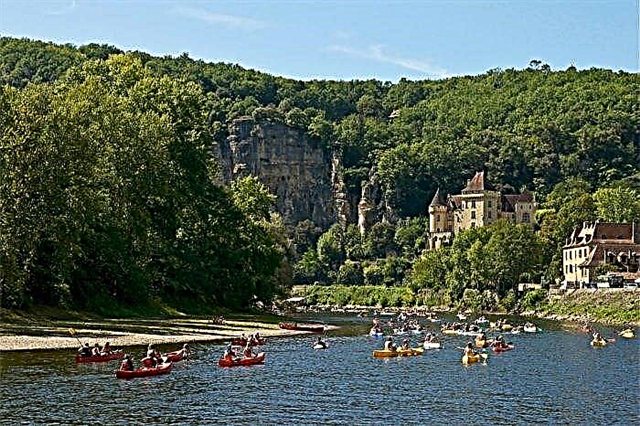
Sona
A quiet wild river ideal for romantic boat trips. Fishing tourism is also developed here, since Sona, unlike most French reservoirs, is ecologically clean and practically untouched by humans, apart from a few locks. Ideal for swimming thanks to its sandy beaches. Also along the banks there are a number of small castles available for excursions.
The length of the river is 473 km.
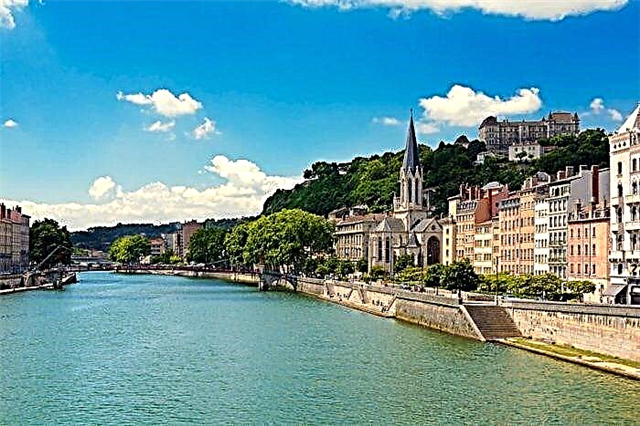
Charente
Previously an important transport artery, the Charente River has now lost this status. Now, unhurried boat excursions are held here, with an indispensable stop in the city of Cognac located on its shore. It is here that the famous drink is produced. Here you can watch the production of real cognac and, of course, taste the wonderful amber liquid aged in local oak barrels.
The length of the river is 381 km.
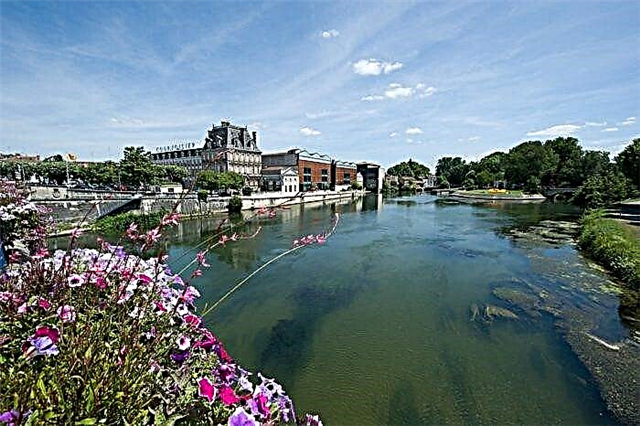
Adur
It is known for the resort of Bagnères de Bigorr located on it. There are thermal mineral springs that provide healing water to the restored Roman baths - thermae. There is also the Pyrenees National Park with the possibility of accommodating tourists in a camping. In the river valley, in the hottest summer months, temperatures rarely exceed 30 degrees.
The length of the river is 309 km.
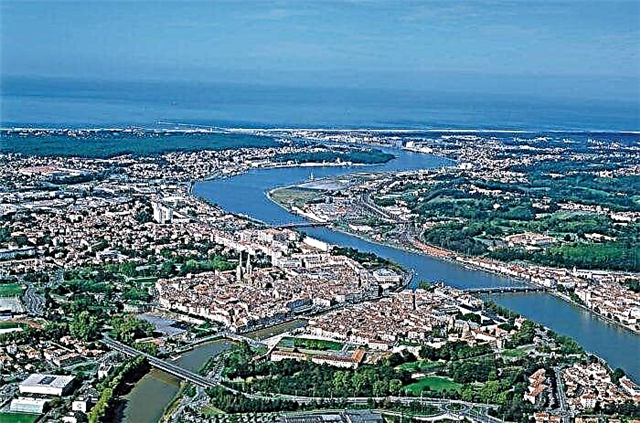
Somme
Here the offensive operation of the Franco-British troops took place in the First World War. On both banks, traces of that grandiose battle have been preserved: trenches, scraps of wire barriers, dugouts. The battle path of tanks also began here. People come here to wander around the battlefields and visit museums, in the expositions of which both the first "mechanical monsters" and weapons and household items of the soldiers of the long-thundered war are presented.
The length of the river is 245 km.
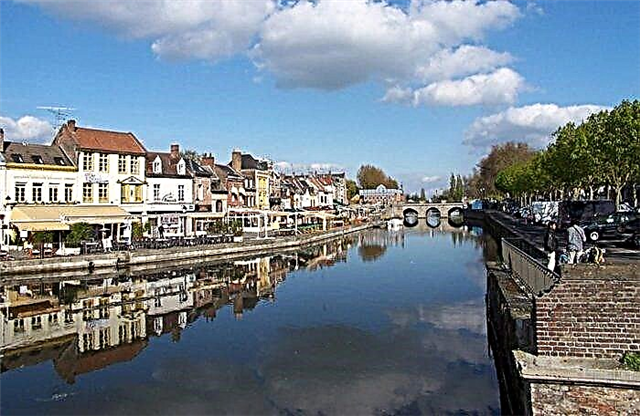
Vilen
There is practically no commercial shipping here, mainly tourist trips on small boats with calls to small communal towns on the banks, mainly in Rennes. There is a huge Rennes Cathedral in the Gothic style, an excellent botanical garden. The main attraction is the fully automated metro with 15 stations.
The length of the river is 225 km.
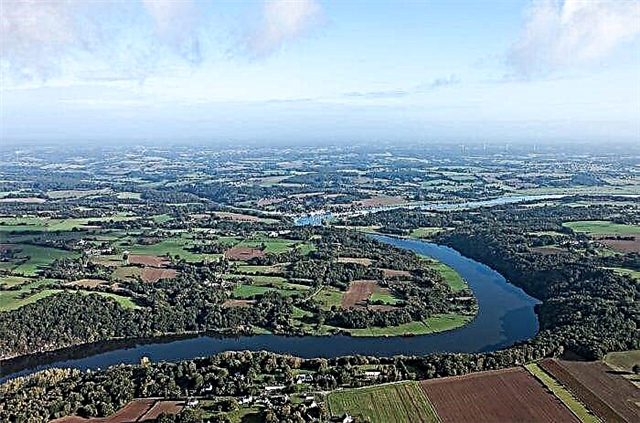
Od
Its source is the alpine lake of the same name. The river is very fast, commercial shipping is completely absent here, but tourists can make small cruises on small boats. Od is attractive with incredibly beautiful landscapes and small towns along the banks, as if transferred from the paintings of the nineteenth century and ancient stone bridges.
The length of the river is 224 km.
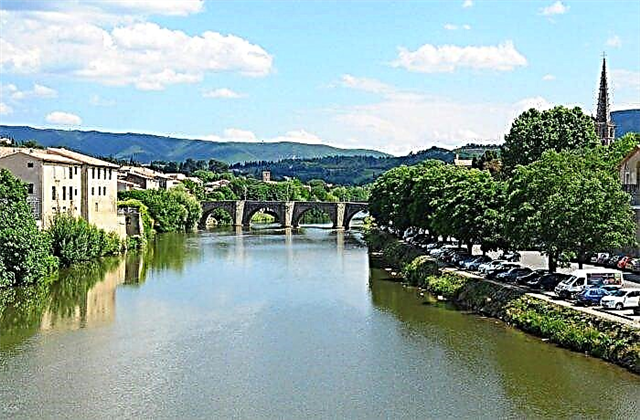
Orne
Quiet, shallow river, the main attraction is the Kansk castle, rebuilt by William the conqueror, Norman Switzerland is the ecotourism center of Normandy. Tourists can take river boat trips along the picturesque Clessie Cliffs and visit the grandiose limestone quarries, the material from which was transported to England for the construction of the Tower of London.
The length of the river is 170 km.
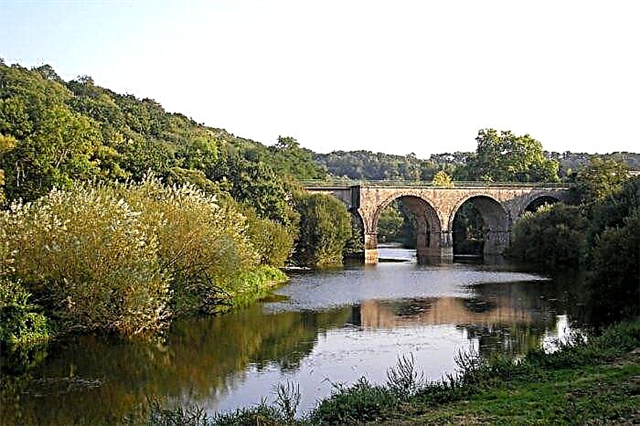
Sevres Niorthez
100 km of the river is navigable. Here is the city of Niort, people come here to see the grandiose dungeon in the Romanesque style, erected by Henry II in the XII century. The castle has been turned into a museum of antiquity and the Middle Ages. Among the exhibits are items from the pre-Roman Gallic era, the period of Roman rule and the heyday of chivalry. From the first bronze swords of the Celts to the ceremonial armor of the French nobility.
The length of the river is 158 km.
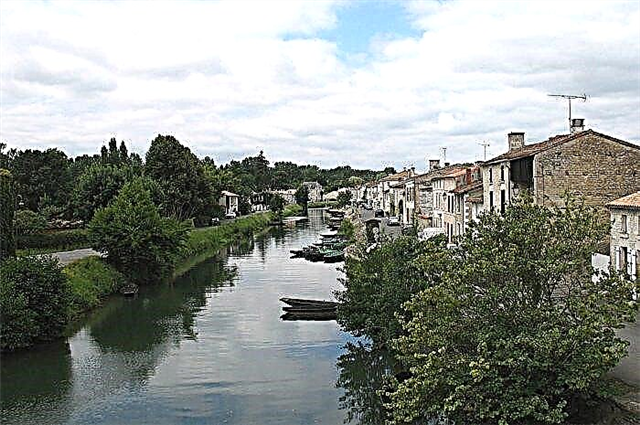
Blavet
For navigation of small ships, only the lower reaches are available, the rest is exclusively by boats. There are three small communes along the banks, founded in the early Middle Ages. In the town of Pontivy, tourists visit the castle of the Roan family, turned into a medieval museum dedicated to the history of the Brittany region, in Guarec - an ancient chapel and a hunting lodge of the century before last.
The length of the river is 149 km.
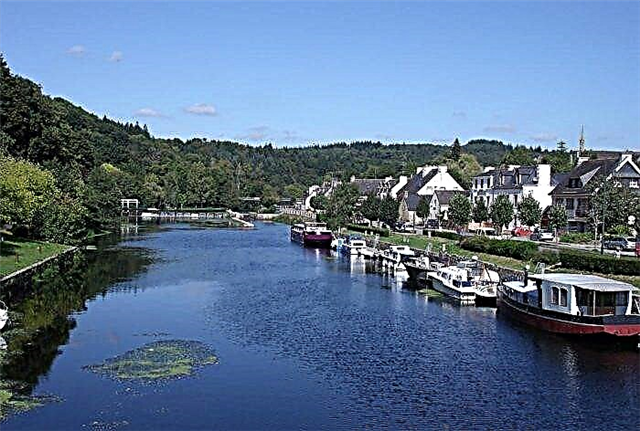
Ero
Mountain river flowing through the gorge of the Sevennes massif. There are only two main attractions: the Devil's Bridge, more than 600 years old, near the village of Olarge, with which a shocking French artist was married.And the medieval river mill, which has become a museum, is a solid monumental building that has retained its functionality to this day.
The length of the river is 147 km.
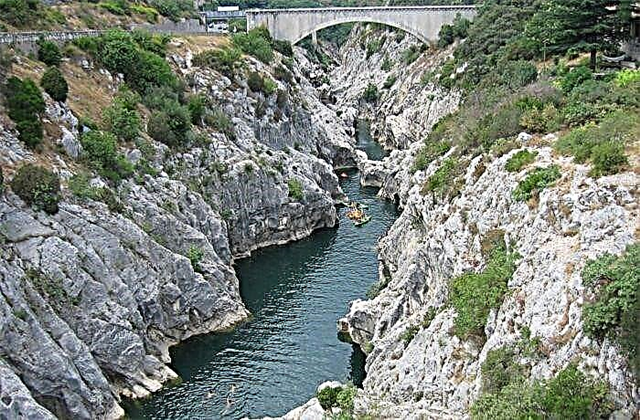
Orb
This is a mountain river, smoothly turning into a flat one. Small tours on small boats are carried out along its quiet part. In addition to the stunning landscapes of its unspoilt shores and cozy villages, tourists will find ancient stone bridges and the town of Beziers. It is literally packed with old buildings: a cathedral, churches, a Roman amphitheater, a medieval market and a quiet cemetery with gloomy crypts.
The length of the river is 136 km.
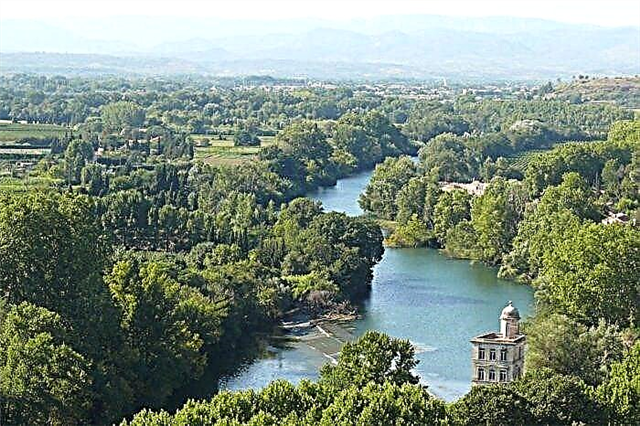
Vir
The river is not wide, quiet. A dozen towns full of attractions are scattered along the banks. Although the settlements are very tiny, each has a cozy hotel for tourists and experienced guides for excursions in the surrounding area. There are no large castles and monumental structures, but plenty of medieval churches, monasteries and the ruins of ancient Gallic and Roman settlements.
The length of the river is 128 km.

Rance
Water transport artery with access to the English Channel. Tourists visit here the Plouer-siu-Rance commune, and in particular, the young castle of Ville-Houchet of the 17th century. Also nearby is the Bel Evan Covered Passage, an excavation site for local residents from the Neolithic era. The exhibition features primitive stone tools, simple utensils, religious objects and ancient paintings.
The length of the river is 103 km.
